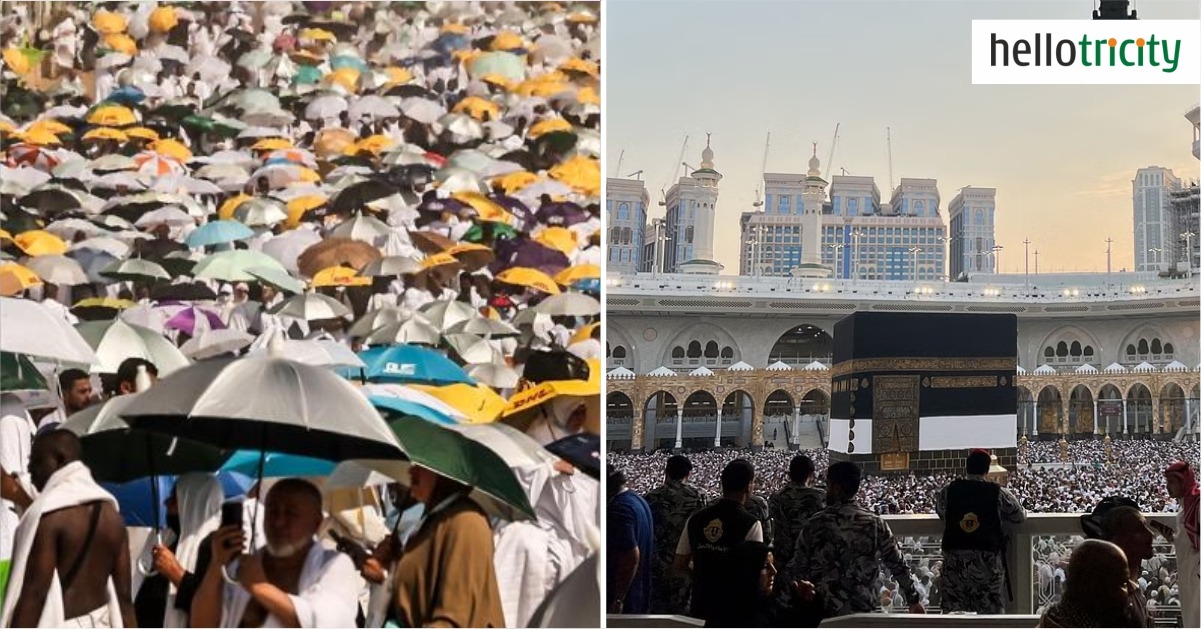The Saudi Health Ministry validated the harsh toll. This is in line with the harsh desert weather as well as other challenges leading to unauthorised pilgrims costing the lives of over 1300 during the annual Hajj pilgrimage in Saudi Arabia due to unbearable temperatures.
Unauthorised Pilgrims Bear the Brunt:
The Saudi Health Minister Fahd bin Abdurrahman Al-Jalajel says that 83% of the deaths were of people who had no permission to go there. Often guided only by zealousness and constrained financial resources, these persons undertook long treks on foot under the scalding sun to fulfil Hajj rites. Often shelterless and thirsty, they risked suffering from sunstroke and collapsing due to fatigue.
Egypt’s Losses and Travel Agency Crackdown:
The tragedy has hit Egypt especially hard, with over 660 Egyptians among the deceased. The presence of a significant batch of unauthorized pilgrims from the country is the reason for the high number. These journeys are a pickpocketing scheme since a group of sixteen travel agencies were recently stripped of their licenses in Egypt for supporting unauthorized Hajj with very poor services.
Also Read: Hajj Tragedy: Over 550 Pilgrims Perish in Scorching Temperatures
Heatstroke, Exhaustion, and Delayed Identification:
The extreme heat played a major role in the deaths. Temperatures in Mecca soared to a scorching 49 degrees Celsius (120 degrees Fahrenheit) during the pilgrimage. Many pilgrims were reported fainting, vomiting, and collapsing from heatstroke. The lack of identification documents with many of the deceased pilgrims further complicated the identification process.
Global Tragedy: Deaths from Multiple Countries:
While the majority of fatalities were Egyptians, pilgrims from various countries including Indonesia (165), India (98), Jordan, Tunisia, Morocco, Algeria, and Malaysia also perished. Two US citizens were also reported dead. All the cases were not independently confirmed as to cause of death though sunburning is thought to have been one of the major contributors.
Lessons Learned and Moving Forward:
This tragedy shows that it is very important to plan properly before embarking on the Hajj pilgrimage. Therefore, the Saudi authorities have to take a tightrope walk between security requirements and ensuring that the pilgrims have a good time as they travel.
Furthermore, offering clear information and educational tools to pilgrims, particularly unauthorized ones, about the hazards of undertaking Hajj in excessive temperatures might save lives.
This tragedy serves as a sharp reminder of the necessity for increased security precautions and a collaborative effort by regulators and travel providers to protect pilgrims’ well-being during the Hajj trip.




